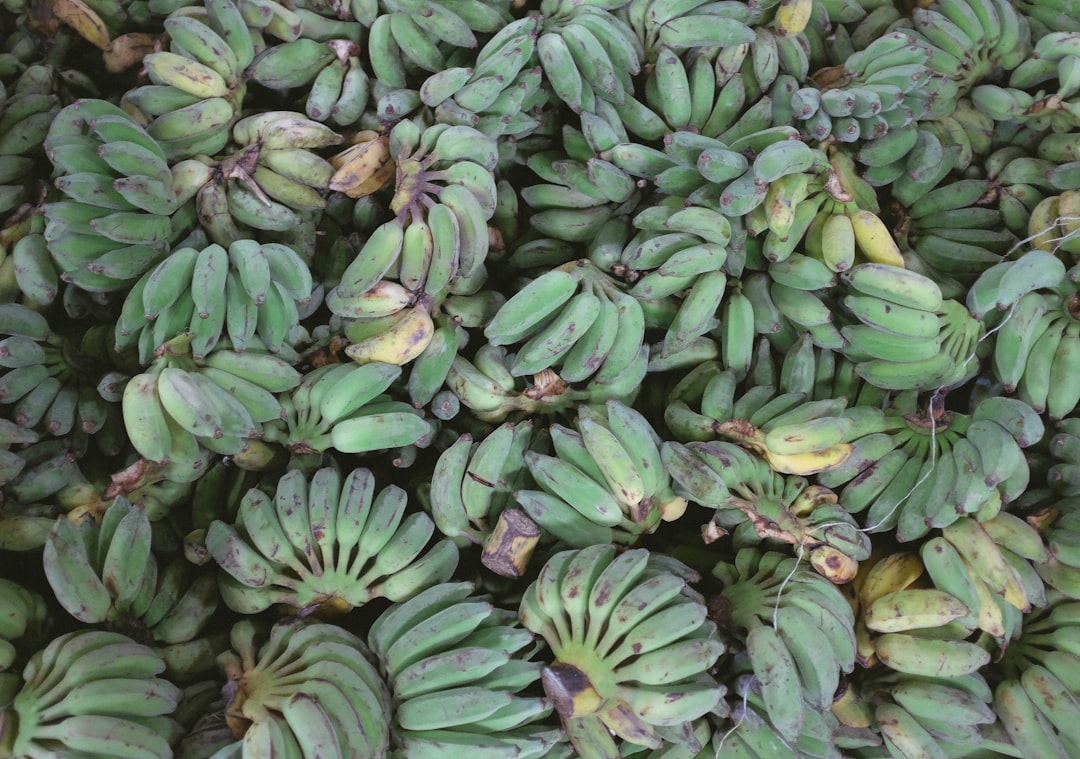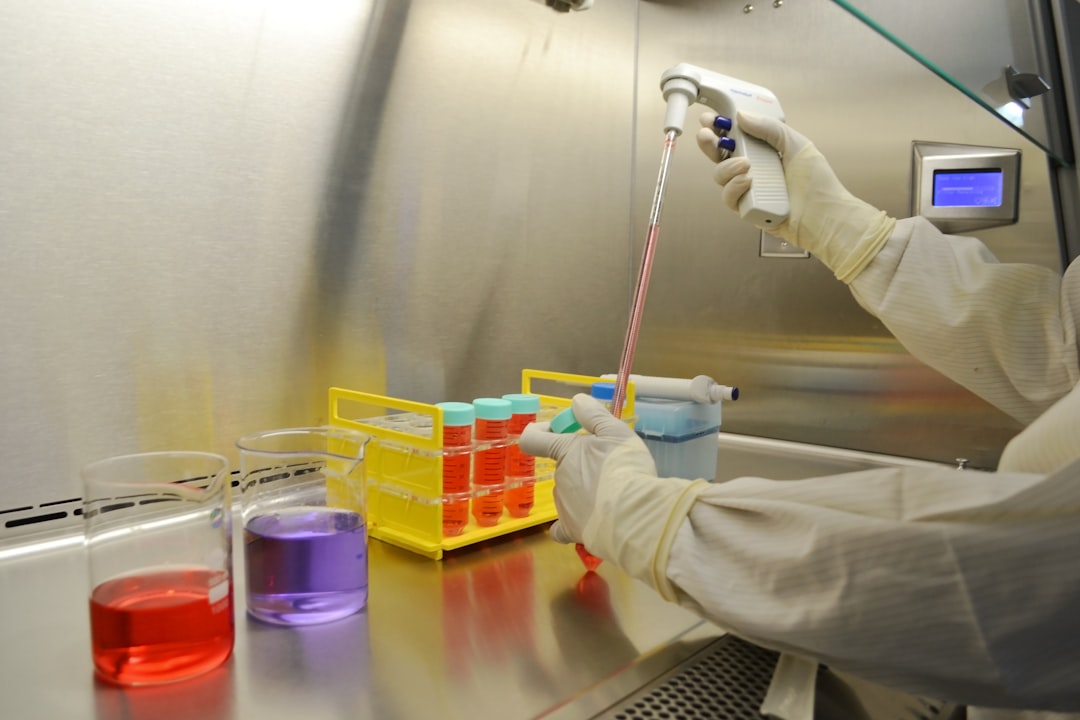What is it about?
Chikungunya virus (CHIKV) is a re-emerging alphavirus causing transient sickness but also chronic disease affecting muscles and joints. This paper describes the development of human cells that stably replicate CHIKV replicon RNA and express tagged non-structural protein 3. The ability to track nsP3 within the host cell by advanced light microscopy and during persistent replication can provide the foundation for new therapeutic targets to control CHIKV infection and treat chronic disease symptoms.
Featured Image
Why is it important?
No approved vaccines or antivirals are available to treat or prevent Chikungunya virus infection. Thus, a better understanding of the viral life cycle and the role of viral proteins can aid in identifying new therapeutic targets. We used sub-diffraction multi-color microscopy for spatial and temporal analysis of CHIKV nsP3 within human cells that persistently replicate replicon RNA. We show that nsP3 can form uniquely stable granular structures that persist long-term within the host cell. This continued presence of viral and cellular protein-complexes has implications for the study of the pathogenic consequences of lingering CHIKV infection and the development of strategies to mitigate the burden of chronic musculoskeletal disease brought about by an arbovirus.
Perspectives
I'd like to further illustrate the story behind this paper by re-telling the tale of the Trojan horse. Briefly, to win the Trojan War the Greeks used a ruse to enter the enemy city of Troy. After an unsuccessful 10-year siege, the Greeks constructed a giant wooden horse and hid a company of their best soldiers inside. The Greeks pretended to leave the war zone, and the Trojans pulled the horse into their city walls as a trophy of their victory. At night, the Greek force crept out of the horse and opened the gates for the rest of the Greek army, which had sailed back unnoticed. The Greeks destroyed the city of Troy and ended the war. Our paper rewrites this classic tale and asks what would happen if the Greeks decided to not destroy Troy after having entered the city (as a cytotoxic virus would) but instead developed strategies to live amongst the Trojans (similar to a persistent infection). Where would they go? Which part of town would they make their home base? Would they disguise themselves and start interacting with the Trojan villagers and whom would they seek out? The baker? The blacksmith? The innkeeper? How long would they stay? Would the Trojans eventually expose them and kill them? All of these questions are analogous to the ones we asked when investigating the interaction between noncytotoxic CHIKV replicons and human cells. Moreover, our work made use of an elegant microscopy approach to determine the location of 'the Greeks' and track their behavior over time. I hope this article provides researchers with images that stir their imagination and spark future experiments that make use of the bioimaging tools described in the article. The beauty of microscopy is that it provides a way to see, visualize, and comprehend. This article may help in identifying which imaging modality is right to ask YOUR specific question.
Roland Remenyi
The Medical City, Philippines
Read the Original
This page is a summary of: Persistent Replication of a Chikungunya Virus Replicon in Human Cells Is Associated with Presence of Stable Cytoplasmic Granules Containing Nonstructural Protein 3, Journal of Virology, June 2018, ASM Journals,
DOI: 10.1128/jvi.00477-18.
You can read the full text:
Resources
Preview Image of TIRF microscopy
Sample image from publication showing total internal reflection fluorescence (TIRF) microscopy.
What is Chikungunya?
YouTube video about the basics of the re-emerging mosquito-borne virus that is spreading across the globe and causing Chikungunya disease.
Drawn History: The Trojan Horse
Bite-sized YouTube video explaining the history behind the Trojan horse and Trojan war.
Contributors
The following have contributed to this page










